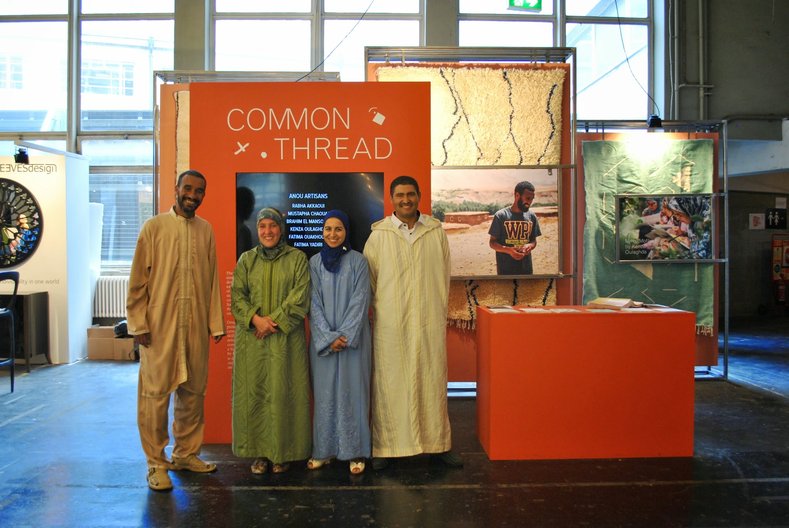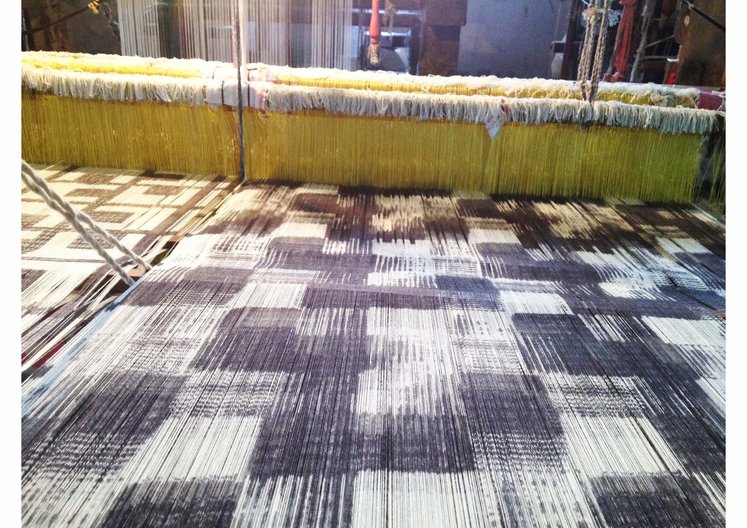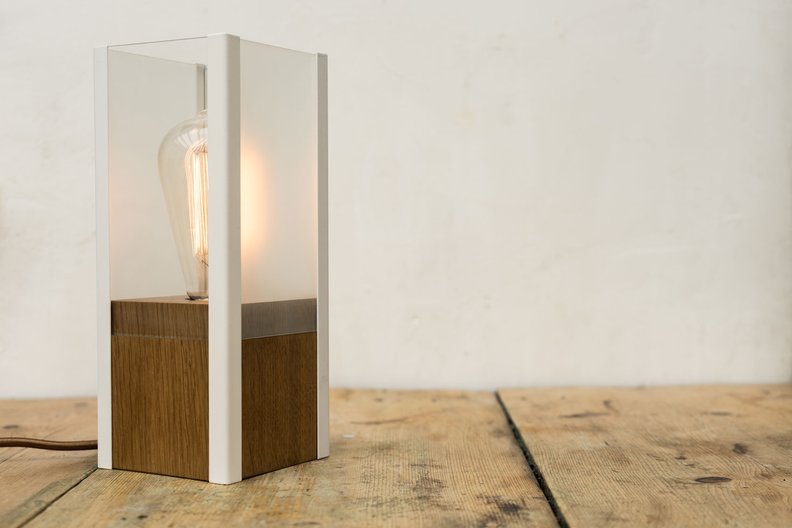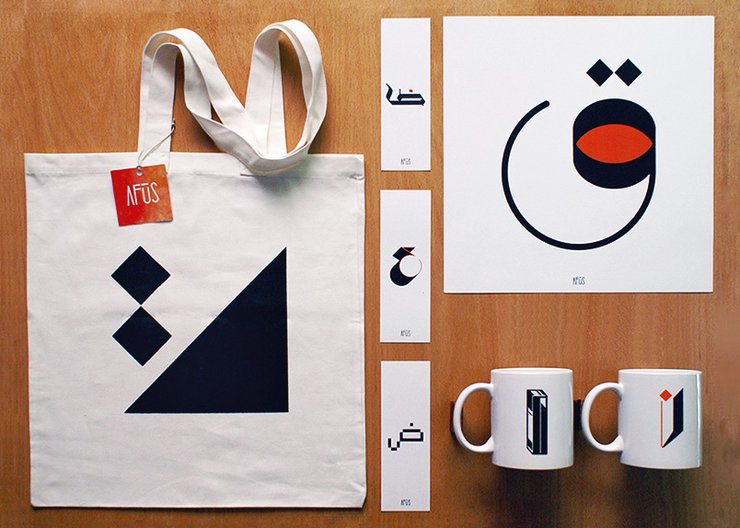2 August 2015
The British Council are pleased to announce this year’s Common Thread residents, selected after an extensive open call in both the UK and Morocco. The residencies will take place over a period of 3 weeks in August, when the 3 residents from the UK and 3 residents from Morocco will live in the High Atlas Mountains paired with artisans who are part of the Moroccan e-commerce artisan-led platform Anou. Residents and artisans will lead workshops and share their practices with each other in this exciting opportunity.
The main objective of the Common Thread residencies is to bring together a wide range of creatives based in the UK and Morocco to share and exchange creative processes as well as address key questions the artisan community in Morocco have developed as a result of last year’s Common Thread programme. This experience aims to:
- Create a meaningful meeting of peers from the UK and Morocco to exchange skills, knowledge and ideas and to explore the relationship between craft and contemporary design in these two countries;
- Enable participants from different backgrounds to experience first-hand each other’s industries and approaches in a way they might not otherwise have been able to;
- Expose participants to different approaches to the creative process;.
- Enable participants to share aspects of their culture and how it influences their work;
- Address questions that have arisen within the Anou community as a result of last year’s Common Thread programme, such as what constitutes a design, how can a design be protected and what role does cultural heritage and craft play in contemporary design;
- Provide designers with a hands-on opportunity to learn an artisan craft technique.
The residents will all come together 10 August 2015 in the Ait Bougemez Valley. During the first week of the residencies, participants will present workshops around questions about design put forward by the Anou artisans in the open call. They will consider what constitutes a design, new tools and processes for designing, what is the different between copying and being inspired, how designs can be protected, and what role craft and cultural heritage can play in contemporary design. Residents will then be paired with artisans, who they will work with over 2 weeks to develop new work – either side by side or collaboratively.
For more information on last year’s residency, please visit our grants page.
UK RESIDENTS:
Rebecca Hoyes
Rebecca Hoyes is an established surface pattern designer and colour consultant specializing in textiles. With over 20 years in the industry she creates designs that reflect her curiosity for materials and processes through a merge of traditional and contemporary craft techniques.
Rebecca’s thoughtful approach to design takes her all over the world, collaborating with artisans, designers and retailers to create collections and designs that highlight the tangibility of materials and the latest in craft innovation.
Collaborating with people outside Rebecca’s own discipline is a great source of inspiration for the designer, believing that collaboration opens the door to material alchemy, she takes a hands-on approach and is involved in the entire creative journey of a project.
Asking how traditional methods can be reinvented for current aesthetics sees the designer push the boundaries of conventional practice, mixing the high tech and low tech to write the next chapter for material craft.
Alongside her design practice, Rebecca is an Associate Lecturer at Central Saint Martins, University of the Arts London.
Marine Thébault
Originally from Brittany in France, Marine is a graduate of ECV (Ecole de Communication Visuelle - Nantes, France) where she received a Masters degree in Graphic Design and Communication in June 2009.
As part of her course, she has had work experience in Paris in several different communication and publishing agencies such as Flammarion and L Design. She also studied for six months in Cornwall at Falmouth University in Communication. She then undertook a second Masters degree in Graphic Design at ERG (Higher Art school) in Brussels (Belgium), graduating in June 2010.
After her studies, Marine worked in New York in Tsang Seymour Design Studio, and then moved to London to work as a Freelancer but also worked full time in Graphic Design agencies and start-ups such as Dalani Home & Living (Interior Design/ Graphic Design), HushHush (Branding/Art Direction). She has most recently worked for ESI MEDIA, (Evening Standard, The Independent, London Live).
Anna Whetstone
Anna Whetstone was born in London, and grew up in the South Devon countryside. She went on to study product design at Central St Martins, where she graduated in 2006. With a long held fascination for light and its impact on humans, Anna focused her studies in this area and went on to work alongside world renowned lighting designer Bruce Munro. In her role as senior designer she worked on a number of commissions for bespoke chandeliers and lighting installations in the USA, Europe, Africa and Asia.
Inspired by her experience working closely with UK based artisans to develop custom components in a range of natural materials, Anna returned to Devon in late 2014 and currently works alongside local artisans to create bespoke lighting for interior and exterior spaces.
A deep respect for the value of the handmade, and an acute awareness of the culture, tradition and skill instilled within each hand crafted object has led to a studio ethos based firmly on collaboration and exchange. Anna's designs focus on the potential to combine the innate human fascination with light, with traditional skills and materials to create pieces which are a showcase of exceptional craftsmanship, and sustainable production.
MOROCCAN RESIDENTS
Bouchra Boudoua
Bouchra Boudoua is a Moroccan designer and artist based between Marrakech and Casablanca. Her work is deeply rooted in her everyday observations of her life in Morocco as well as her personal history always growing up between two cultures. Being educated in an American School and having lived most of her life in Morocco, Bouchra does not limit herself to one style or to one culture always striving to take the best of both worlds to create beautiful designs.
Bouchra received her BA in spatial design from the prestigious Central St. Martins College of Art and Design in London. She began her career with work experience in London within the styling industry working at Elle Decoration UK and Wallpaper* Magazine. Upon her return to Morocco, Bouchra moved to Marrakech where she worked for Lup31, an interior design and product design agency. Her experience in Marrakech designing custom made prints, following up on residential projects, and creating concepts for the scenography of an event gave her the opportunity to explore a variety of design realms.
Today her love for pattern, colour, and the art of ‘mixing and matching’ led her into creating her very own line of home accessories and prints. The collection draws inspiration from vibrant Moroccan culture to create beautiful handcrafted products and patterns for the home. From old doors to the ever-prominent ironwork on windows, local markets, old floors, Berber rugs, the patterns all around her inspire her to do what she loves most: create.
Soukaina Aziz El Idrissi
Soukaina Aziz El Idrissi graduated Central Saint Martin's College of Art and Design in 2010 with BA (Hons) in Textile Design specialized in weave. In 2014 she obtained a Masters Degree in Design, Craftsmanship and Entrepreneurship from Northumbria University. She has for the past six years been developing her creative practice as a material-driven surface designer working solely with plastics. This material is derived from waste which it non-recyclable on an industrial scale. Throughout the research and creative process, a range of plastics are collected and eventually manipulated in various ways, often delivering unexpected outcomes.
The theme of plastic is paramount to the practice, not simply as the material, but also as a conceptual component to the overall pieces. The attempt at understanding the life cycle of plastic, from its use in households to its disposal in junk-yards, has provided much insight into the possible uses of plastic in a more eco-friendly world. Soukaina's work explores the life cycle of plastic whilst simultaneously converting the refuse into perceptible and aesthetically pleasing panels. The process of up-cycling the discarded plastics is as much a part of the art as the end result, making the activity integral to the concept.
Alongside her creative practice, Soukaina also works in symbiosis with a plastic recycling plant based in Bir Jdid. Here she engages the immediate and surrounding community to partake in the recycling process. This is done by holding awareness workshops encouraging the community to sort their plastic waste before disposing of it.
Hasna Lahmini
Hasna Lahmini is an independent Moroccan graphic designer, printmaker, bookbinder and photographer. Experimentation with digital and analogue processes plays a big role in her work.
Hasna is the creative brain and maker solely behind AFUS: a socio-cultural venture of handmade products through which she weaves design, art and craft together to advocate and breathe new life into the Moroccan, Maghrebian and Arab culture. AFUS first collection revolved around experimenting with screenprinting, bookbinding, Arabic letters and typography. She is currently working on a new collection featuring pattern designs for textile using screenprinting and woodblock printing techniques.
Her approach to craft is exploratory and firmly rooted in her graphic design background by which she aspires to challenge the preconceptions of local handicraft and to develop contemporary designs.
ANOU ARTISANS
Rabha Akkaoui
Rabha’s story, as she tells it, begins after she divorced her husband who was from a wealthy, prominent family in her village. Rabha was so heavily criticized by her community for her decision that she hid in her mother’s home and passed her time weaving, rarely leaving to go outside. During her years inside her mother’s home, she refined her weaving skills and eventually became known as one of her village’s best weavers. Her sterling reputation eventually enabled her to step out from her mother’s home and reintegrate into her village. Many years later in 2009, she founded Cooperative Chorouk in order to help provide all women in her village with hope for a better future, regardless of the hardships they may face. Chorouk is a fitting name for the women’s cooperative as it means first light after dark. Despite the fact that Rabha only completed the equivalent of a fourth grade education, she has become the driving force behind her cooperative and Anou’s success.
Mustapha Chaouai
Mustapha’s works as a metalsmith in the small town of Oued Ifrane, where he earns his income repairing metal doors, trucks, axles and pretty much any other metal object villagers bring to his shop. Though it might seem peculiar that an accomplished metalsmith would establish a female weaving cooperative, Mustapha is the founder of Association Nahda, which makes him an anomaly in Morocco. When he was younger, he was always near his mother and grandmother while they wove. Just by observing he became skilled in a craft that is reserved for women. With this rare skill set, he thought that he could help create jobs and opportunities for his wife and the women of Oued Ifrane. Today he can be found in his full metalsmith attire at Association Nahda helping women learn how to weave the association’s newest designs.
Brahim El Mansouri
Brahim lives and works in the village of Agouti, which sits in the Ait Bouguemez valley of the High Atlas Mountains. Brahim has been a farmer since he was a child and tends to multiple apple orchards in the fields that surround his village. In 1998, he joined a group of woodcarvers whose roots can be traced to the traditional wooden doors and locks that have made Ait Bouguemez famous in Morocco. In 2006, Brahim and the woodcarvers formed Association Ighrem, a village-level non-profit focused on increasing tourism and furthering the development of Agouti. Two years later, Brahim and the carvers started working with U.S. Peace Corps Volunteer Dan Driscoll to help train the carvers to sell their work online. The work of Brahim, Dan and the carvers set the foundation for what has now become Anou. Today, Brahim is Anou’s artisan director.
Kenza Oulaghda
Kenza is part weaver, part community organiser, and part fierce advocate for her village’s traditional craft. Therefore, it is no surprise that in 2008 Kenza founded Association Tithrite, a community association focused on preserving weaving customs and promoting the development of her village. Prior to 2008, Kenza was growing frustrated that more and more women were forced out of the meaningful work of weaving due to the downward pressure middlemen were putting on the prices of their rugs. As such, she organised a group of women in her village so that they could work together and set the prices they wanted for their rugs. Today the association is a vibrant weaving group making their mark on Kenza’s village. For each rug that they sell nearly 50% of the price is set aside in their village fund. This money goes towards literacy classes for the weavers as well as many health projects that they implement in the village.
Lahcen Ait Said
Lahcen is one of the most active members of the Azlag Cooperative and manages the cooperative’s online store on Anou. In addition to this, Lahcen travels extensively as he represents the cooperative at many national craft fairs across Morocco. He has been making daggers with his brother Mohamed since 1997, both of whom learned how from his father, skills which have been passed down through generations. Lahcen not only specialises in all types of daggers, but also makes more specialised items like jewellery and other decorative work and is actively trying to push the creative boundaries of his craft.. Lahcen has always been engaged in the wider artisan community and serves as a member of Marche Maroc, a national association of Moroccan artisans. His near-term goal is to become an Anou leader and help shape the vision of the artisan community in Morocco.







